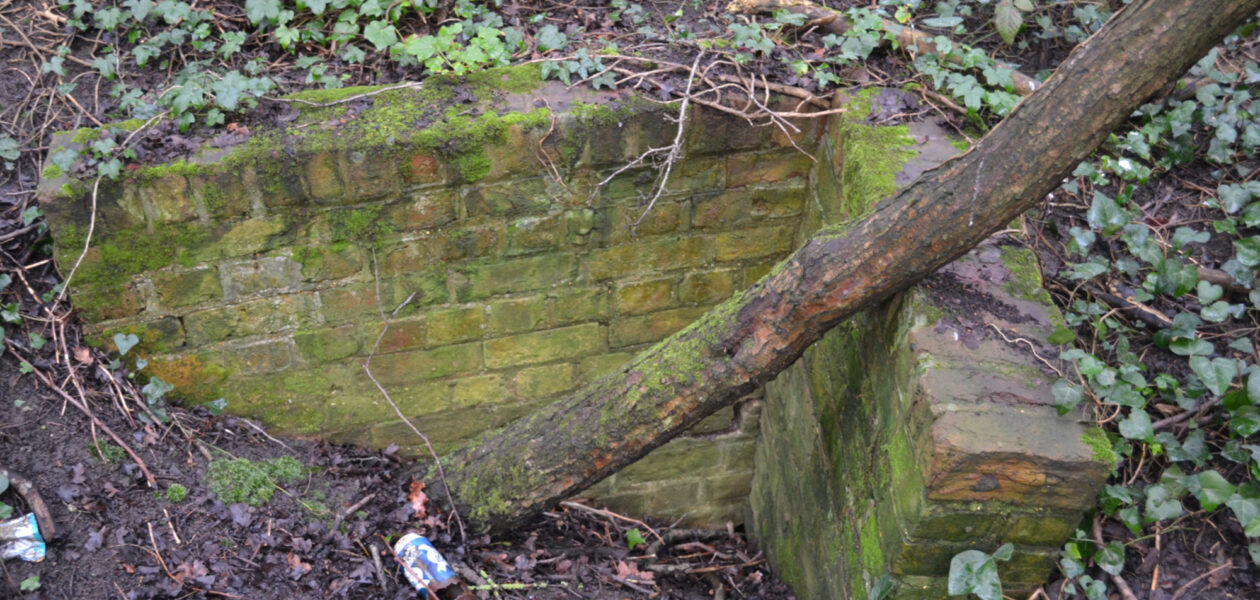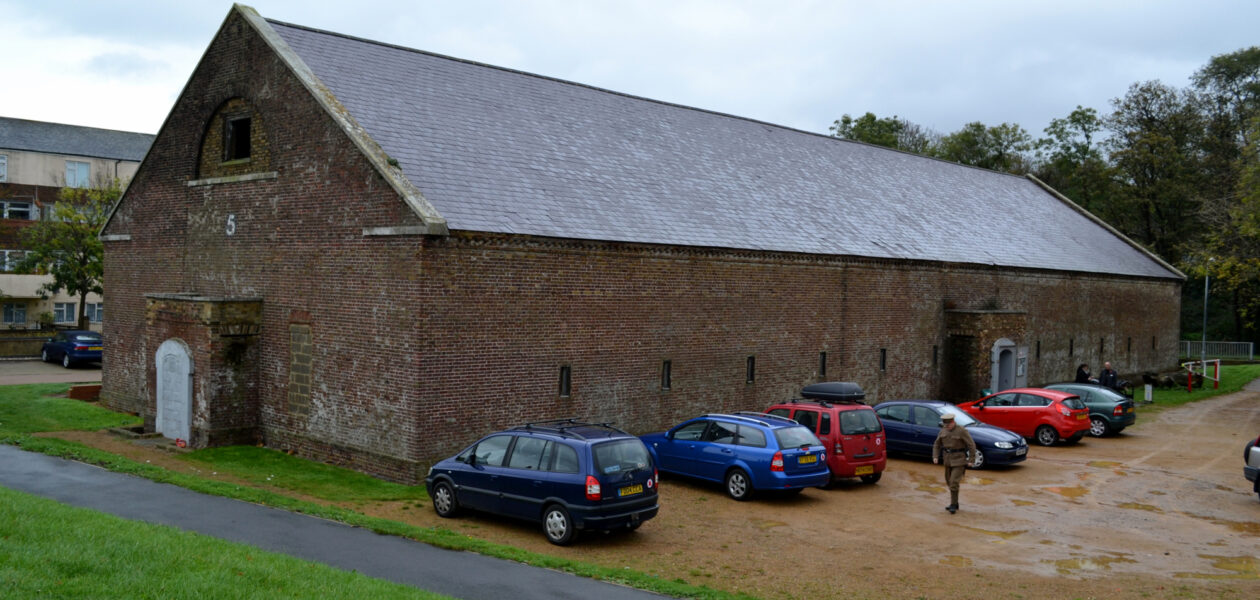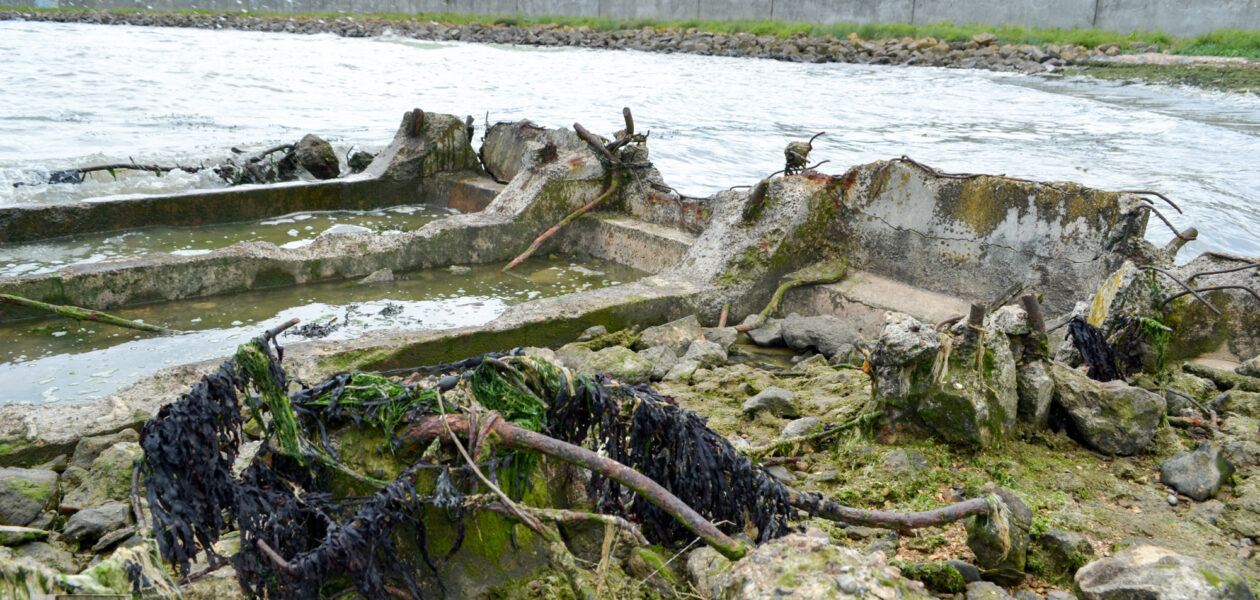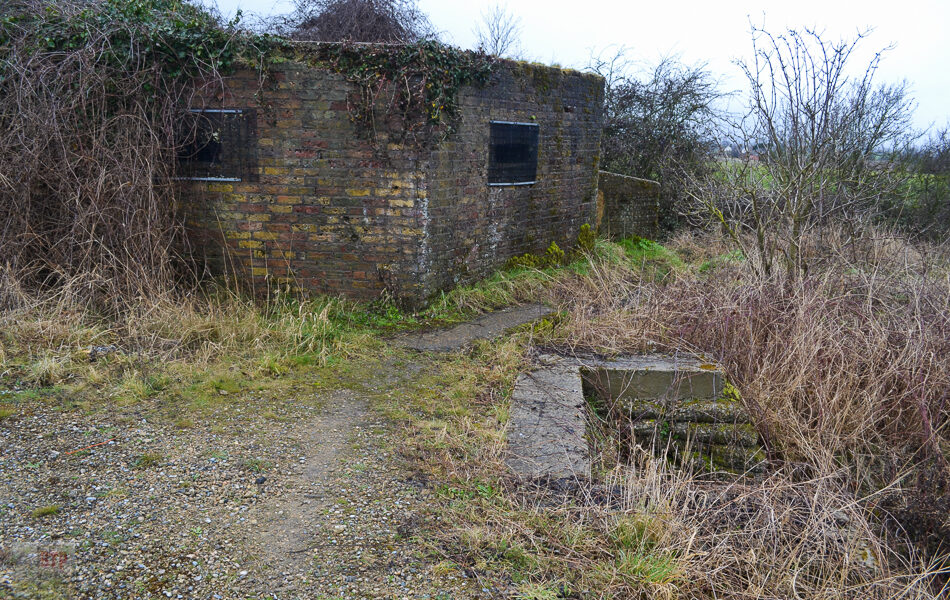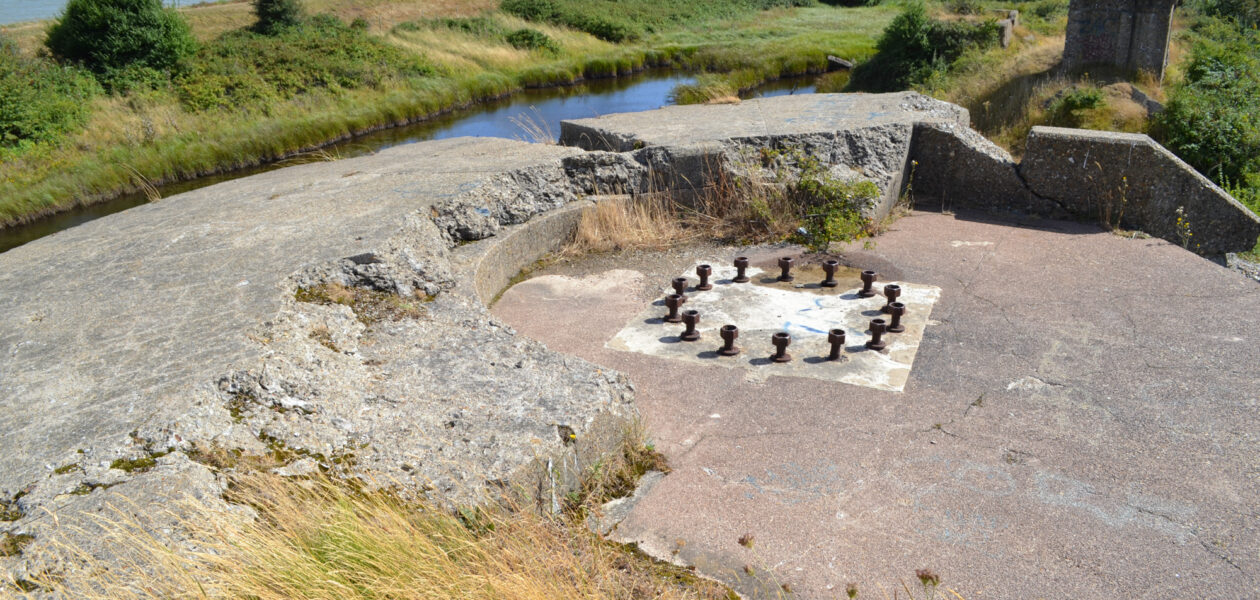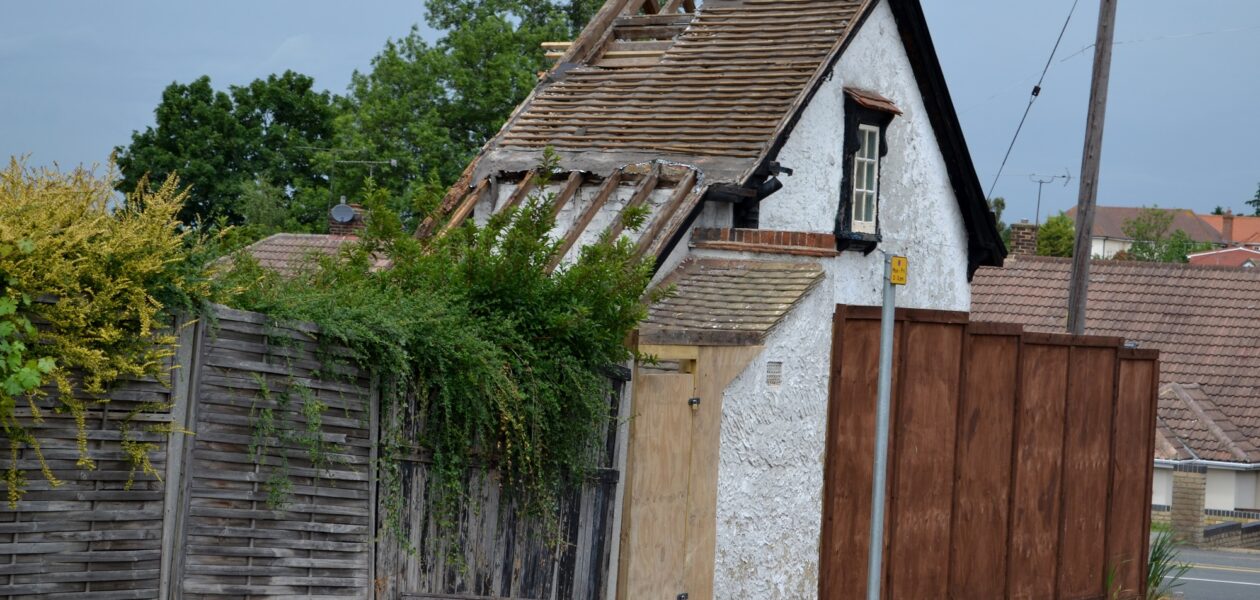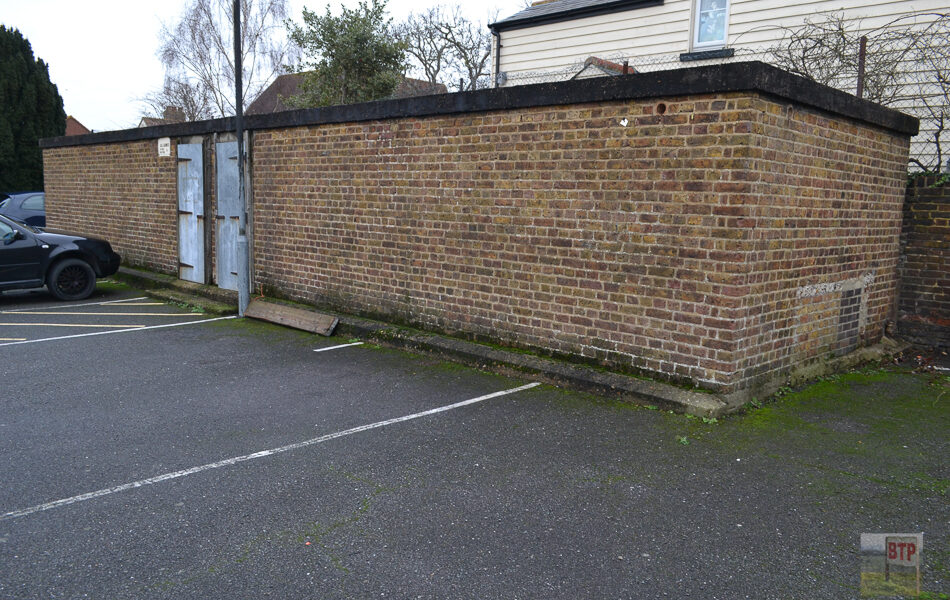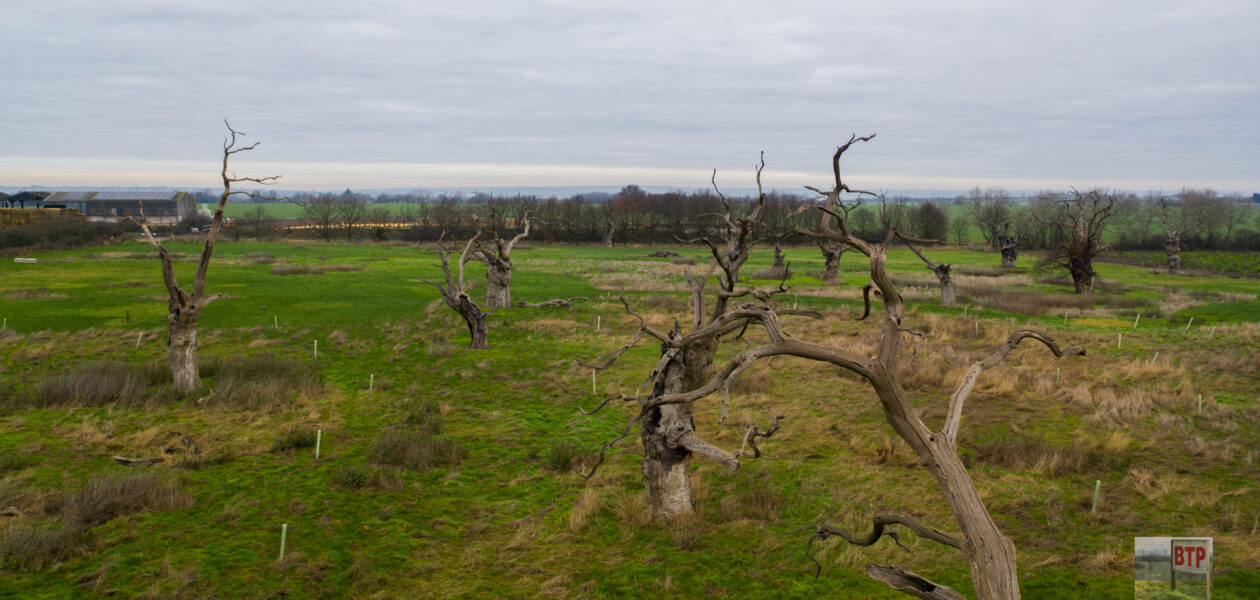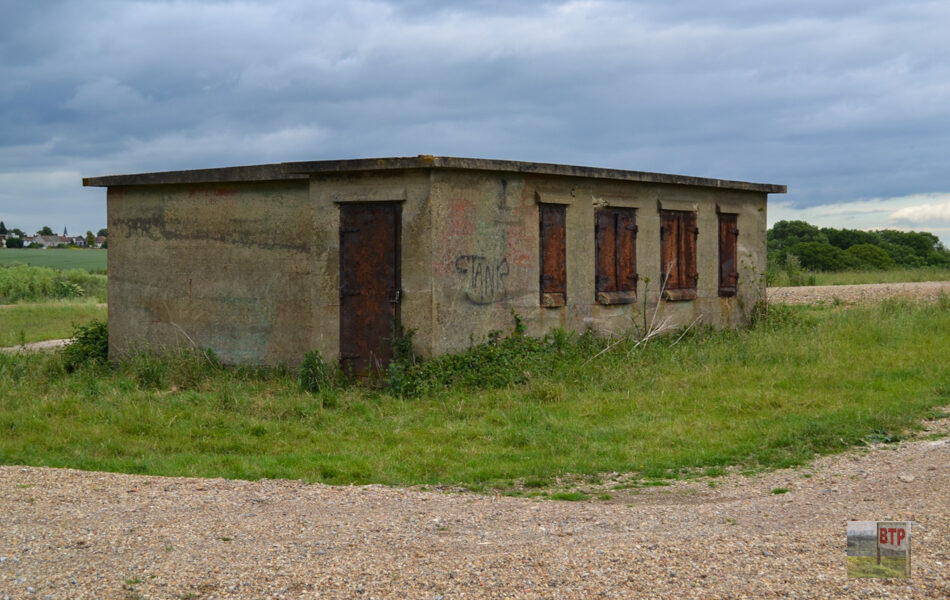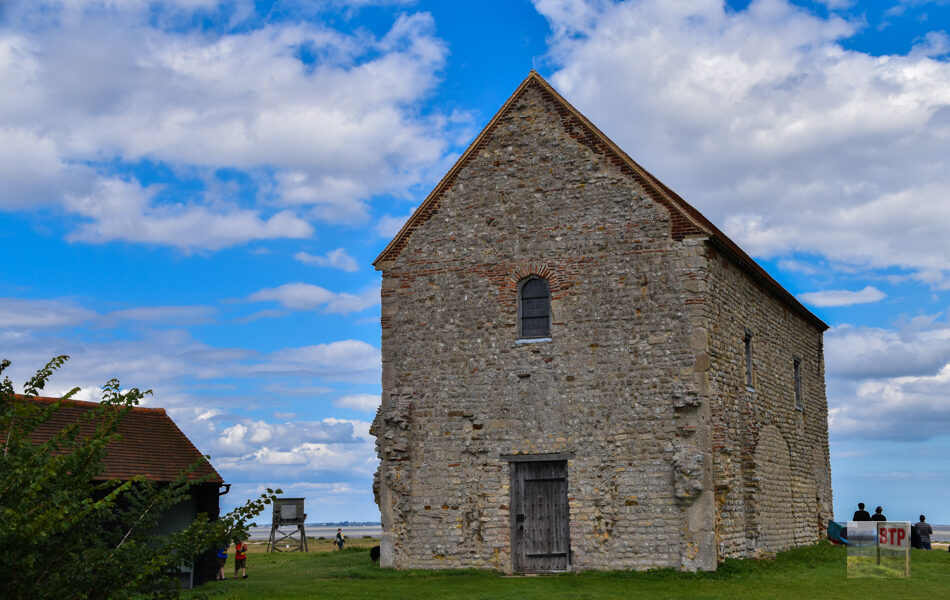Benfleet Explosives Magazines
Seven Victorian tunnel-like magazines were built on the Benfleet waterfront near Jotmans in the late part of the 19th Century. They would have been used for the storage of explosives by barges possibly on the way to London or nearby explosives factories (where is now Wat Tyler Country Park and Coryton Refinery). The Benfleet Community…
View More
